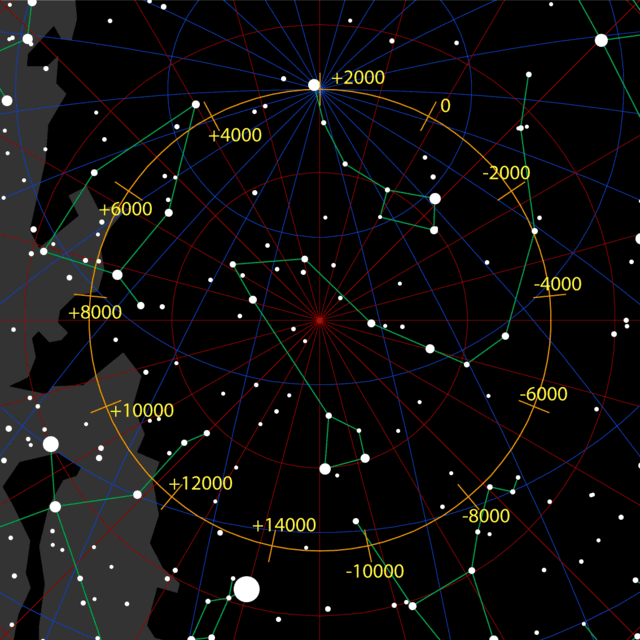Tau_Herculis
Tau Herculis
Variable star in the constellation Hercules
Tau Herculis, a name Latinized from τ Herculis, is a variable star in the northern constellation of Hercules. It has a blue-white hue and is visible to the naked eye at night with an apparent visual magnitude that fluctuates around 3.91.[2] The star is located at a distance of approximately 307 light years from the Sun based on parallax,[1] but it is drifting closer with a radial velocity of −16 km/s.[2]
The stellar classification of Tau Hercules is B5 IV,[5] and it serves as a standard spectrum in the modern Morgan–Keenan (MK) classification.[12] It is estimated to be just 26 million years old with a relatively low projected rotational velocity of 32 km/s.[6] Slowly rotating B-type stars are often chemically peculiar, so the mostly normal spectra of this star suggests we may be viewing it from near pole-on.[13] The abundance of most heavier elements in this star are about 85% of those in the Sun.[14] The star has four times the mass of the Sun[6] and around 3.8[8] times the Sun's radius. On average, it is radiating 574[2] times the luminosity of the Sun from its photosphere at an effective temperature of 15,615 K.[7]
During the Hipparcos mission,[4] Tau Hercules was discovered to be a variable star of the slowly pulsating B-type. These are mid-B main sequence stars that vary with a period of about a day;[4] the brightness of Tau Hercules varies by 0.03 magnitude[3] over a period of 1.24970±0.00008 days. The radial velocity of the star varies at a different rate than the photometric period, with the object showing both radial and non-radial pulsation modes.[4][15]
